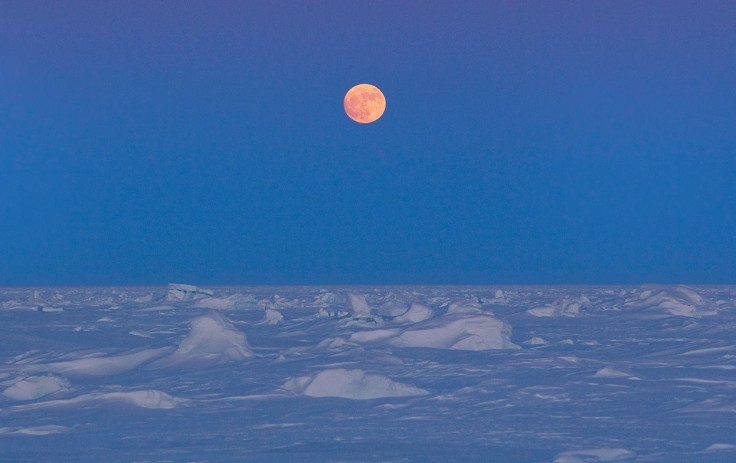Huge Ice Channels Almost As Tall As The Eiffel Tower Discovered Under Antarctic Ice Shelf

Researchers have discovered massive channels of ice underneath a floating ice shelf in Antarctica, which is expected to predict the future of the South Pole's ice sheets.
The giant ice channels were found by a team of researchers from the British Antarctic Survey in Cambridge and five UK-based universities, including the University of Exeter, Newcastle University, University of Bristol, University of Edinburgh, and University of York.
“The information gained from these newly discovered channels will enable us to understand more fully how the water system works and how the ice sheet will behave in the future,” Anne Le Brocq from the University of Exeter said in a statement.
The researchers, who used satellite images and airborne radar measurements to discover the channels under the ice shelf, said the channels can be spotted both on the surface of the ice shelf and underneath because the ice floats at a different height based on its thickness.
According to the researchers, the huge ice channels stretch hundreds of kilometers along the ice shelf, and are 250 meters high, making them nearly as tall as the Eiffel Tower.
“The channels are likely to influence the stability of the ice shelf and their discovery will help researchers understand how the ice will respond to changing environmental conditions,” a statement from the University of Exeter said.
The scientists also managed to predict the path of meltwater flowing underneath the ice sheet, which is part of the ice in contact with land. The scientists found that the predicted flow paths met the channels under the ice shelf at the point where the ice starts to float. And, based on the match-up, the researchers determined that water flow underneath the ice sheet is responsible for the development of channels beneath the floating ice shelf.
According to the study, published in the journal Nature Geoscience on Sunday, when meltwater flowing under the ice sheet enters the ocean below the ice shelf, it helps form a plume of ocean water, which then melts out the giant channels under the ice shelf.
Earlier it was thought that water flowed in a thin layer under the ice sheet, but the latest study disagrees with that consensus, and suggests that water below the ice sheet flows in a more focused manner, similar to that found in rivers.
Researchers said although the manner of water flowing beneath the ice sheet strongly influences the speed of ice flow, the implications for the future of the ice sheet are yet to be decided.
The researchers also believe that the new study, which establishes a connection between massive ice channels and the meltwater system exiting the grounded ice sheet, will assist future observations of the channels, which will shed more light on how meltwater flows below a thick, inaccessible sheet of ice.
© Copyright IBTimes 2024. All rights reserved.






















